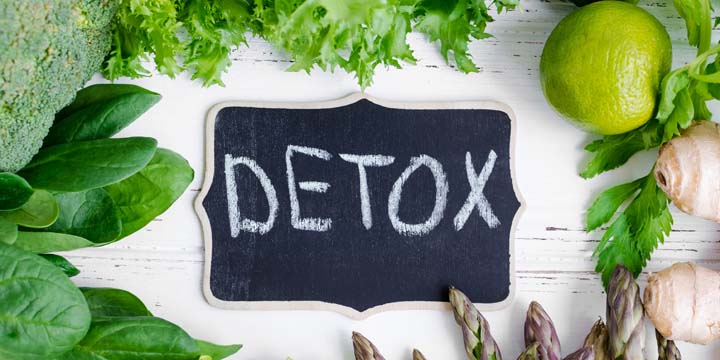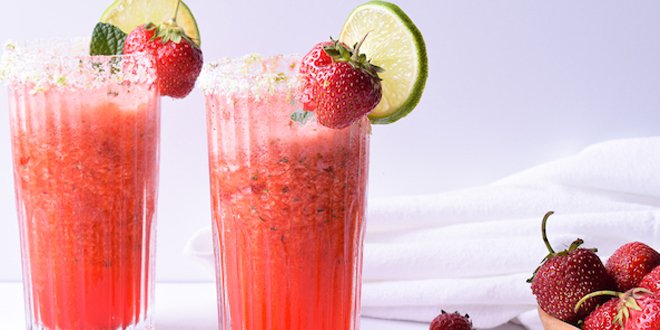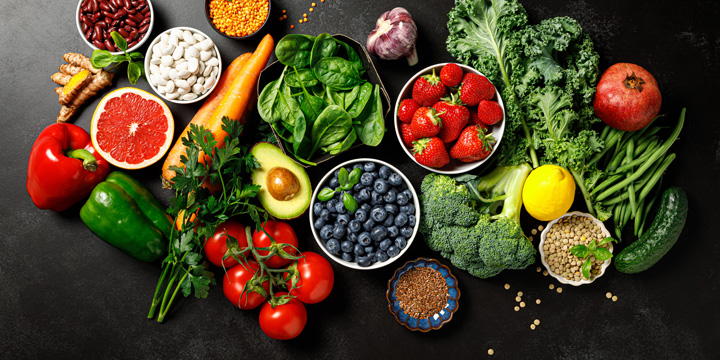
Are you concerned that you’re not eating enough fruits and vegetables? Are you trying to find a better way to control your blood sugar levels or a quick way to lose weight? Perhaps you think that juicing might be the solution. Not so fast! Let’s examine the facts, and the pros and cons, of this current diet trend.
What is juicing?
Juicing involves placing raw fruits and vegetables in a machine (similar to a blender) that turns them into a drink. It sounds quite simple and healthy and, since most Canadians don’t consume enough fruits and vegetables, incorporating occasional juicing into a normal, balanced diet may be of some value.
On the other hand, a juicing diet takes on an entirely different meaning. The concept of a juicing diet is that most, if not all, meals consist of some type of juiced drink and generally little else for a specified period of time. Most juicing meal plans include very little protein, fat or fibre.
The process of juicing removes the juice from fresh fruits or vegetables. The resulting drink contains most of the vitamins, minerals and plant nutrients but not much fibre, which is lost during the juicing process.
Does juicing provide any health benefits?
We know for certain that eating whole fruits and vegetables has many health benefits. But can we get the same benefits from drinking them instead of eating them whole? Juicing supporters claim that juicing helps the body better absorb nutrients from fruits and vegetables and allows the digestive tract a chance to rest. Other claims suggest that juicing can help with weight loss, lower the risk of cancer and boost the immune system; however, there’s no sound scientific evidence to support these claims.
Is juicing okay for people with diabetes?
As you know, many people with diabetes are advised to limit or avoid juice because it is usually high in sugar and is quickly digested and absorbed. For people with diabetes, juicing can have an undesirable effect on blood glucose levels and weight. Some juices may contain a significant amount of sugar, which translates into extra calories. An eight-ounce glass of most types of fruit juice contains about 100 calories and 30 grams of sugar; however one serving from a juicing recipe may contain more than 200 calories and more than 40 grams of sugar.
For people with diabetes, a juicing diet will most likely be significantly different from their usual diet. If you choose to go on a juicing diet – for whatever reason – it is important to understand that moving onto a significantly different diet could lead to higher or lower blood glucose sugar levels, so check with your doctor or dietitian first. This is especially important if you take any diabetes medications that can cause hypoglycemia.
If you are thinking of occasional juicing, opt for juicing vegetables that contain very little carbohydrate (for example, green leafy vegetables) and add berries instead of other fruits, since they have a smaller amount of carbohydrate. It’s best to avoid juices that have a higher ratio of fruit to vegetables. Measure the effect of the drink on your blood sugar levels by testing your blood sugar just before and two hours after you drink the juice. Compare these numbers to your target ranges.
By eating whole fruits and vegetables you will not only get the nutrients contained in the juice, but also the fibre and other components that have additional health benefits than just the juice alone. If eating more fruits and vegetables is your goal, opt for the whole food and try to find new and interesting ways to incorporate them into your diet.




